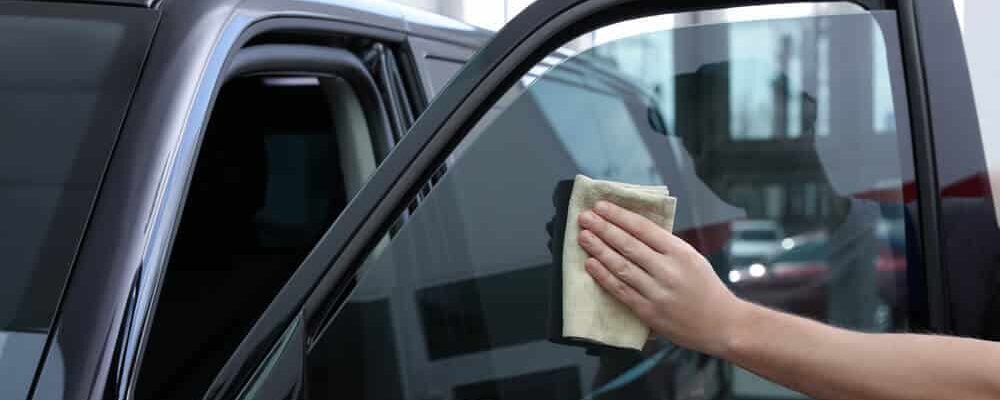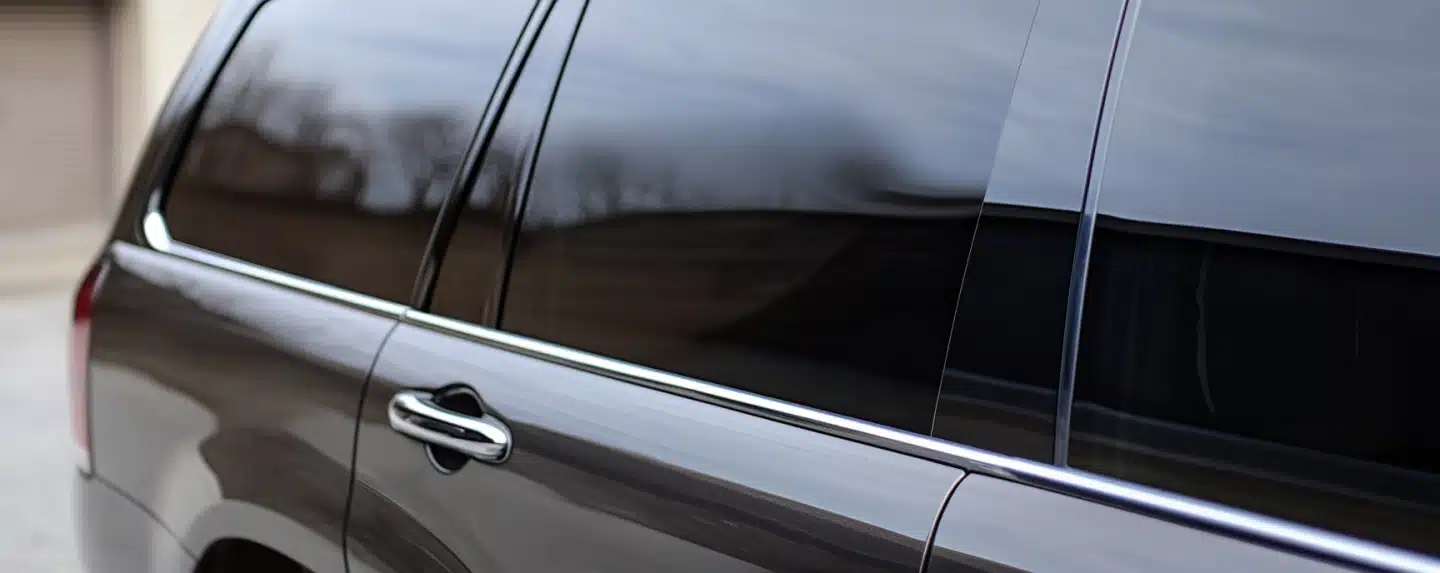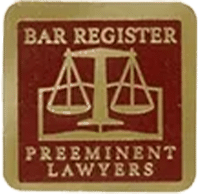
If you own a car in Oklahoma, you might be wondering about the state’s window tinting laws. Window tinting involves applying a thin film to a vehicle’s windows to reduce the amount of light, heat, and UV radiation that passes through.
Window tinting can offer several benefits: reducing glare, keeping your car cooler, and adding a touch of privacy. In the event of an accident, tinted film can also hold shattered glass together, preventing it from scattering and reducing the risk of injury. This added layer of protection can be crucial during collisions or when objects hit a window.
However, window tinting also poses dangers. These include impaired visibility (especially at night or in low-light conditions), the inability of law enforcement officers to see inside the vehicle during traffic stops, and reduced eye contact between drivers at intersections or when merging.
In addition, some types of window tint films, especially metallic ones, can interfere with GPS, cellular, and radio signals. This can affect navigation systems and communication devices inside the vehicle. Some advanced safety features rely on sensors located near or within windows (e.g., rain sensors and lane departure warning systems). Dark window tints can interfere with sensor functionality, reducing the effectiveness of these safety systems.

Hurt in A Car Accident?
Contact us today for your free & confidential case review. Our team will help you get the compensation that you deserve.
What Are Oklahoma’s Window Tint Laws?
Oklahoma enacted window tint laws in 2005. These laws appear in Oklahoma Statute 47 § 12-422.
Measurement Criteria
Visible light transmission (VLT) is the primary measure used to define the darkness of window tints. VLT refers to the percentage of light that passes through the window and tint film.
Regular Passenger Cars (Sedans)
All regular passenger cars must follow these window tint regulations:
- Windshield: Non-reflective tint can be placed above the manufacturer’s AS-1 line or on the top five inches. This area is typically marked by black dots or a shaded area from the manufacturer.
- Front side, back side, and rear windows: 25 percent or more light must be allowed in.
Multipurpose Vehicles (MPVs)
MPVs like vans and SUVs have no tint darkness restrictions for the back side and rear windows. However, they must comply with the same windshield and front side window restrictions as regular passenger cars.
Are There Restrictions on the Amount of Reflectivity the Tint May Have?
Reflective tints help reduce glare and heat but can pose visibility issues if they are excessive. Oklahoma restricts the reflectivity of window tints. The tint cannot be more than 25 percent reflective for front and side windows. Tints must be non-reflective on the windshield. These restrictions apply to sedans and MPVs.
Are There Restrictions on the Color of the Window Tint?
Oklahoma prohibits the use of red, amber, and yellow tints. These colors are typically reserved for emergency and law enforcement vehicles.
What Other Tint Regulations Does Oklahoma Have?
Other regulations for tint in Oklahoma include:
- Side mirrors: If the rear window is tinted, the vehicle must have dual side mirrors.
- Tint certification: Manufacturers must certify the film they sell in Oklahoma.
Does Oklahoma Have Any Exceptions for the Window Tint Laws?
While Oklahoma’s tint laws are generally strict, there are a few exceptions:
- Medical exemptions: Oklahoma allows medical exemptions for special tint if you have a legitimate medical condition such as extreme photosensitivity. You’ll need to provide a signed statement from a licensed physician to obtain an exemption certificate. The certificate must be kept in the vehicle and presented to law enforcement upon request.
- Law enforcement vehicles: Law enforcement vehicles are exempt from these rules for safety and privacy reasons.
What Are the Penalties for Improper Window Tinting in Oklahoma?
An officer will use a tint meter to measure the VLT percentage of the tint on your windows. In Oklahoma, the penalties for improper window tinting are as follows:
- First offense: Typically, a “fix-it” ticket is issued for a first offense. This requires the driver to remove or adjust the illegal tint within a specified time frame. Failure to comply with the “fix-it” ticket can result in fines.
- Subsequent offenses: If a driver is caught with illegal window tinting again after the first offense, they are subject to a fine of up to $500. Additional penalties might also be imposed, such as points on their driver’s license, a potential driving suspension, and mandatory court appearances.
It’s important to note that the specific penalties for improper window tinting in Oklahoma can differ depending on the jurisdiction, the severity of the violation, and the discretion of law enforcement and the court. In some cases, penalties may include probation or imprisonment.
To ensure your vehicle complies with Oklahoma’s window tint laws:
- Check tint specifications: Confirm the VLT and reflectivity levels of your window tint before installation.
- Use certified film: Purchase and install tint film certified by the manufacturer to meet Oklahoma standards.
- Maintain side mirrors: Ensure dual side mirrors are in place if your rear window is tinted.
- Seek medical exemptions if needed: Obtain and carry the necessary documentation if you qualify for a medical exemption.
By adhering to these detailed points regarding Oklahoma’s window tint laws, vehicle owners can enjoy the benefits of window tinting while avoiding legal issues and ensuring road safety.
Contact an Oklahoma Car Accident Lawyer
Complying with Oklahoma’s window tint laws is essential for your protection and the safety of others on the road. If you’ve been injured in a car crash and believe that window tint played a role, it’s important to seek legal advice. An experienced Oklahoma car accident lawyer from Edwards & Patterson Law can help you understand your rights and options. Our attorneys will investigate the collision, gather evidence, and determine whether the other driver’s illegal window tint contributed to the crash.
To learn more, call our skilled car accident lawyers for a free consultation today.
Visit Our Oklahoma Car Accident Law Offices
Last updated Wednesday, December 25th, 2024














